When comparing a resin stone bathtub to a PMMA (Polymethyl Methacrylate) vacuum acrylic bathtub, there are several factors to consider, including material properties, durability, aesthetics, maintenance, and cost. Here's a detailed comparison:
1. Material Composition
Resin Stone Bathtub: Made from a composite of calcium carbonate + unsaturated polyester resin.
This combination gives the tub a solid, stone-soft skin feeling.
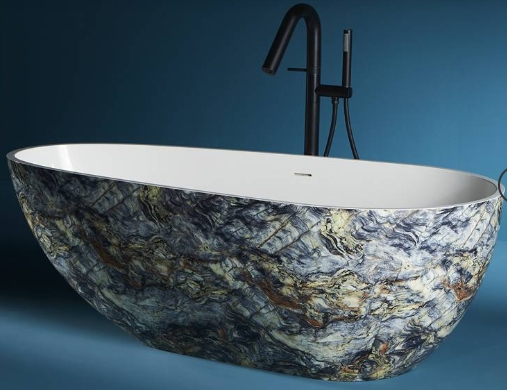
PMMA Vacuum Acrylic Bathtub: Made from a type of plastic called PMMA, which is also known as acrylic.
The vacuum forming process involves heating the acrylic sheet and then shaping it into the bathtub mold, followed by reinforcement with fiberglass.
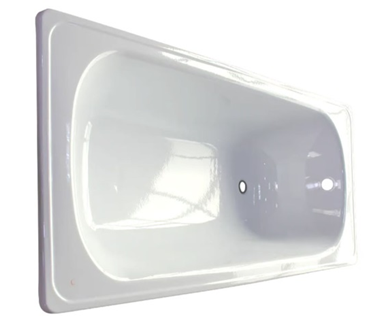
2. Durability
Resin Stone Bathtub: Highly durable and resistant to scratches, chips, and cracks due to its solid and dense nature.
Its stone-like quality provides a long lifespan, often exceeding that of acrylic.
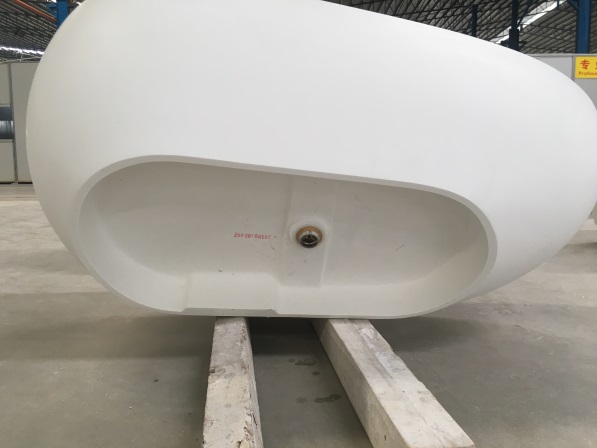
PMMA Vacuum Acrylic Bathtub: More lightweight and thin, which makes it cracked under stress easily.
Less durable than resin stone, but still offers a decent lifespan with proper care.
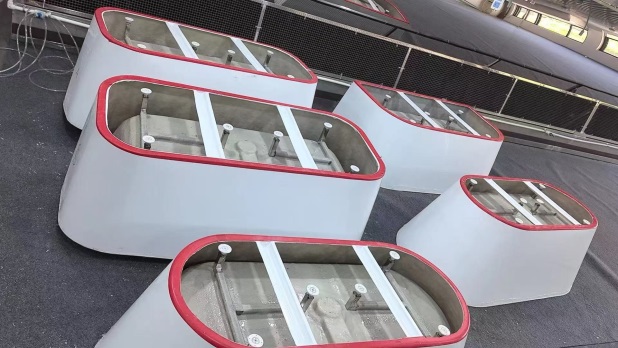
3. Aesthetics
Resin Stone Bathtub: Offers a luxurious, high-end appearance with a natural stone look.
Typically available in matte or satin finish, providing a sophisticated, elegant appearance.
PMMA Vacuum Acrylic Bathtub: Offers a glossy, but no matt finish, modern appearance that can come in various colors and shapes.
4. Maintenance
Resin Stone Bathtub: Requires more careful maintenance due to its porous nature, which can stain or discolor if not properly sealed and cleaned.
Regular polishing may be necessary to maintain its appearance, and can remove the scrach.
PMMA Vacuum Acrylic Bathtub: Easier to clean and maintain, as it is non-porous and resistant to staining.
More susceptible to scratches, but these can not be polished out.

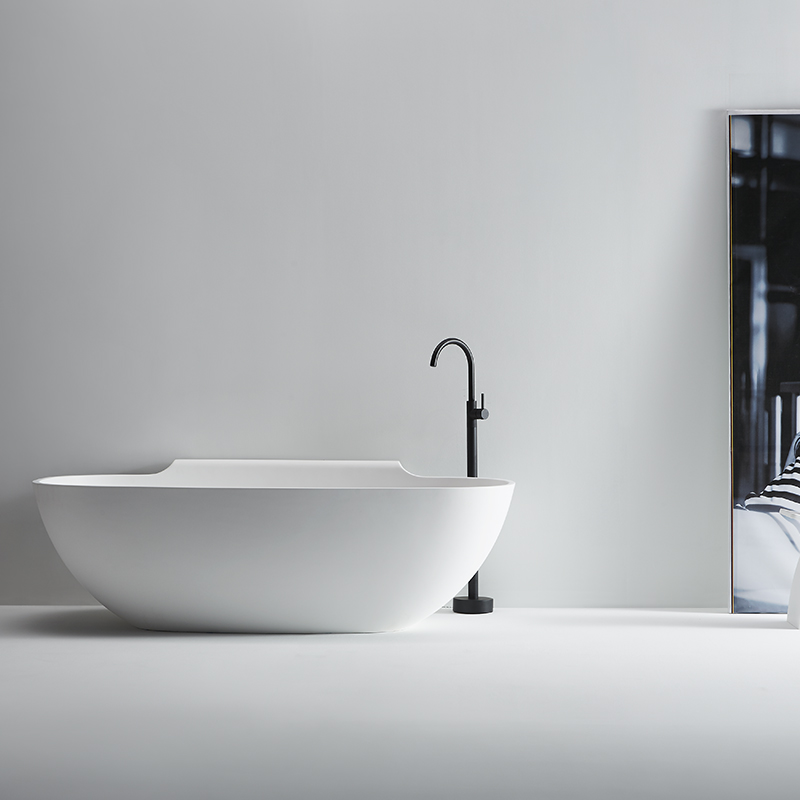
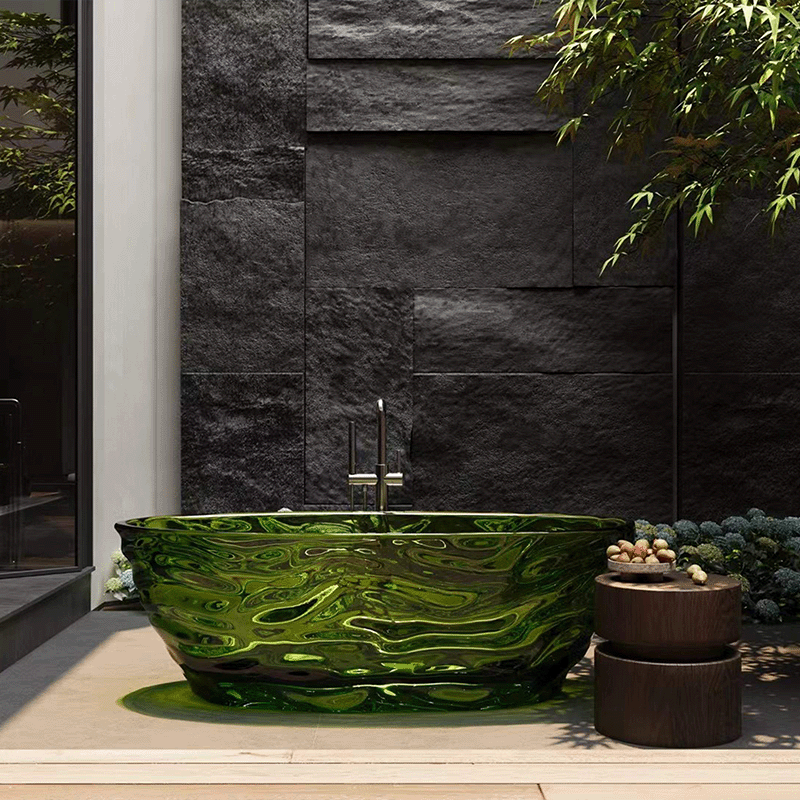
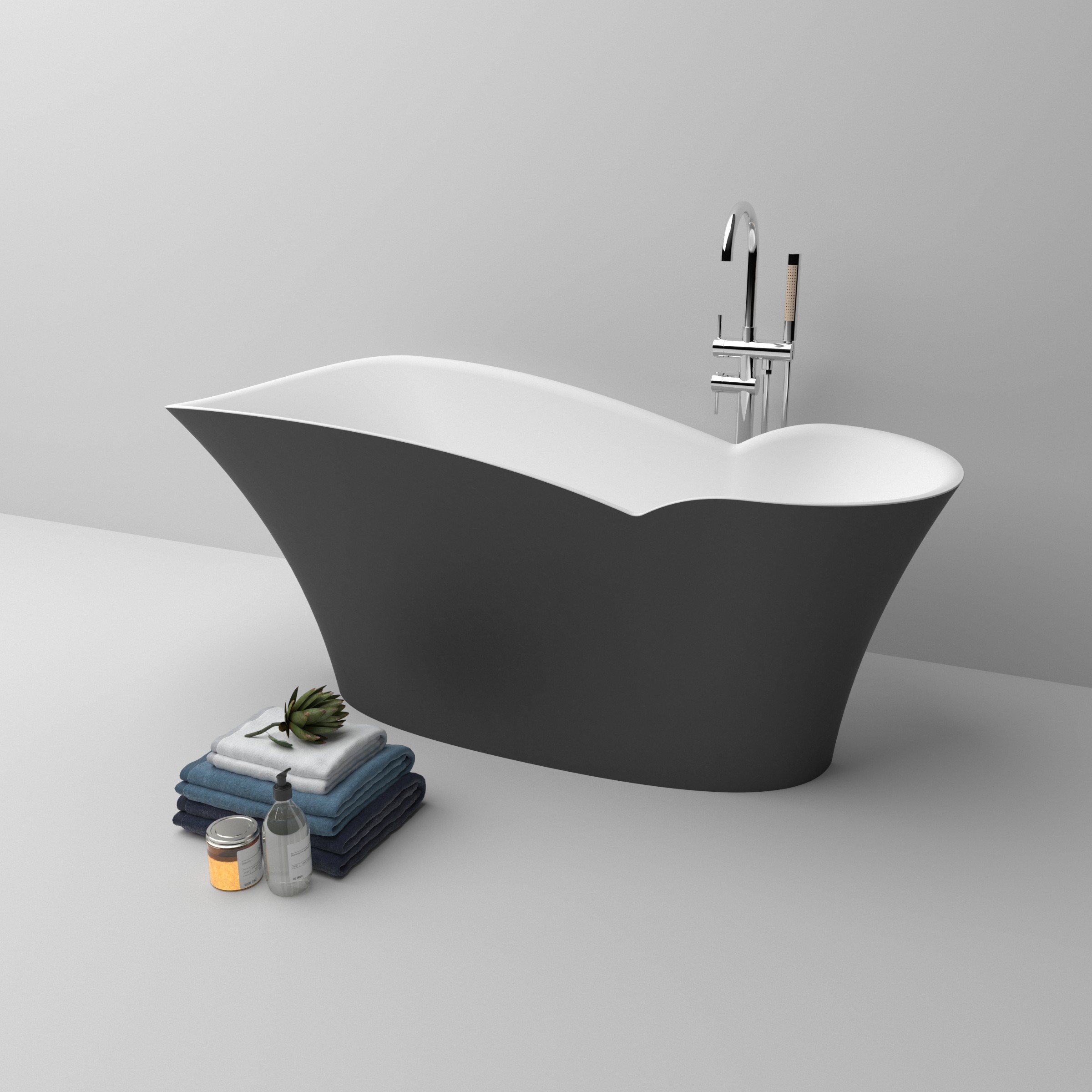
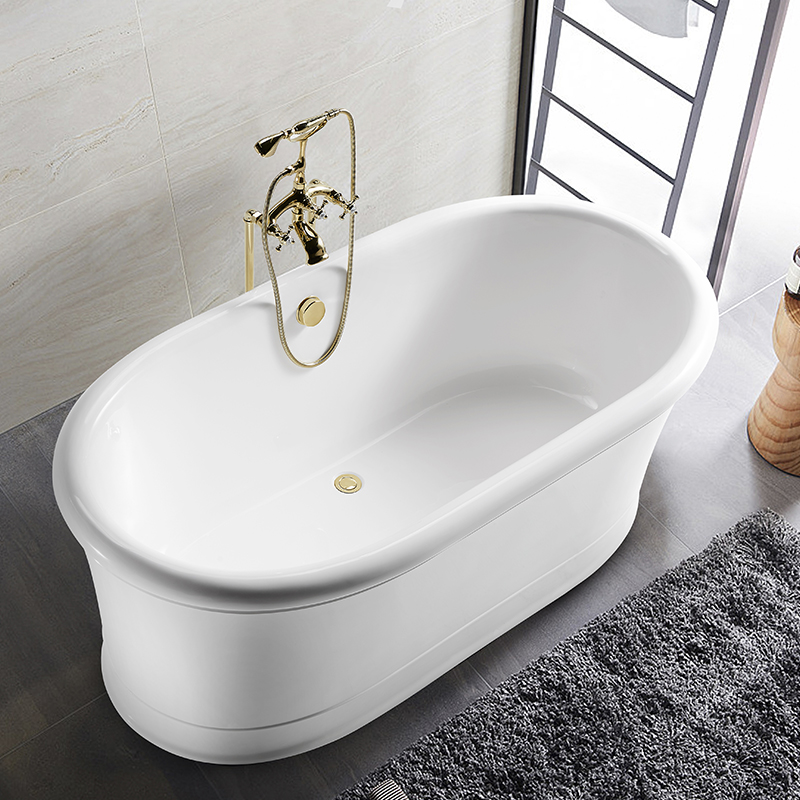
_1663.jpg)
